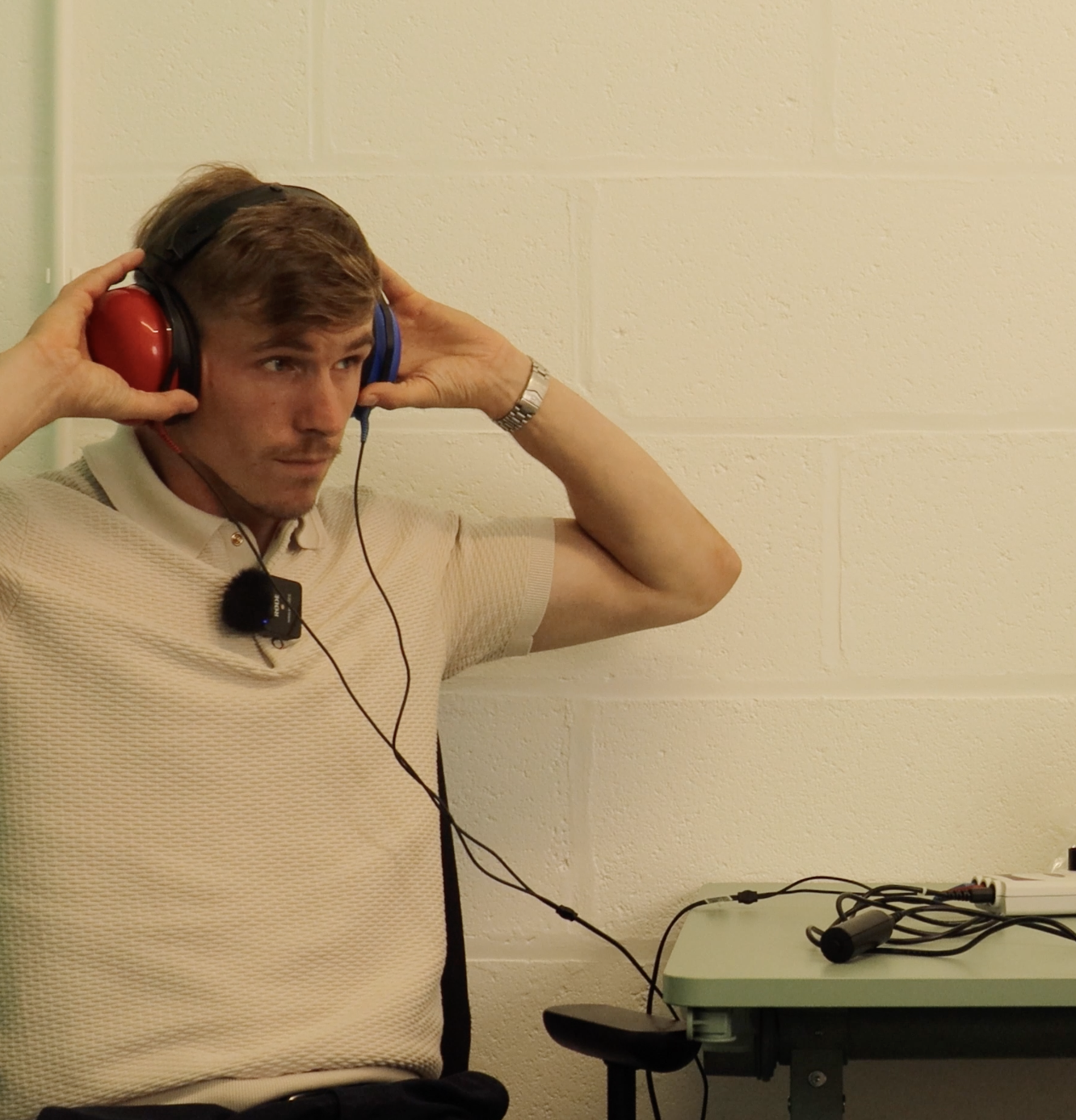HEARING TESTS (AUDIOMETRY):
Employers must provide health surveillance for workers exposed to environments with high noise risk/s.
This risk has the potential to damage heating and employees should undergo regular hearing tests. Pure tone audiometry assess hearing sensivity across different frequencies. Below are the steps involved within testing:
- Preparation: The assessment typically takes place in a quiet, soundproof room. The patient wears earphones connected to an audiometer.
- Air Conduction Testing: The audiometer delivers tones of varying frequencies (pitch) and intensities (loudness) to each ear separately.
- The patient responds when they hear a sound by pressing a button or raising their hand.
- The results are plotted on an audiogram, which shows hearing thresholds at different frequencies.

EXPOSURE OR DISEASE:
An occupational health technician would consider referring an individual under the following circumstances:
- Category 2 or 3 Hearing Loss: If the individual falls into Category 2 (mild hearing impairment) or Category 3 (poor hearing), it indicates potential NIHL. Referral ensures further assessment and appropriate management.
- Significant Changes in Hearing: If an individual experiences rapid hearing loss (Category 4), the technician would investigate whether it’s due to noise exposure or other underlying factors.
- Monitoring Progress: Regular hearing checks are essential. If an individual’s hearing deteriorates over time, referral helps track changes and implement necessary interventions.
By choosing to partner with Flex Health for your Occupational Health needs, you’re opting for a partner committed to offering in-person, real advice here to support you
